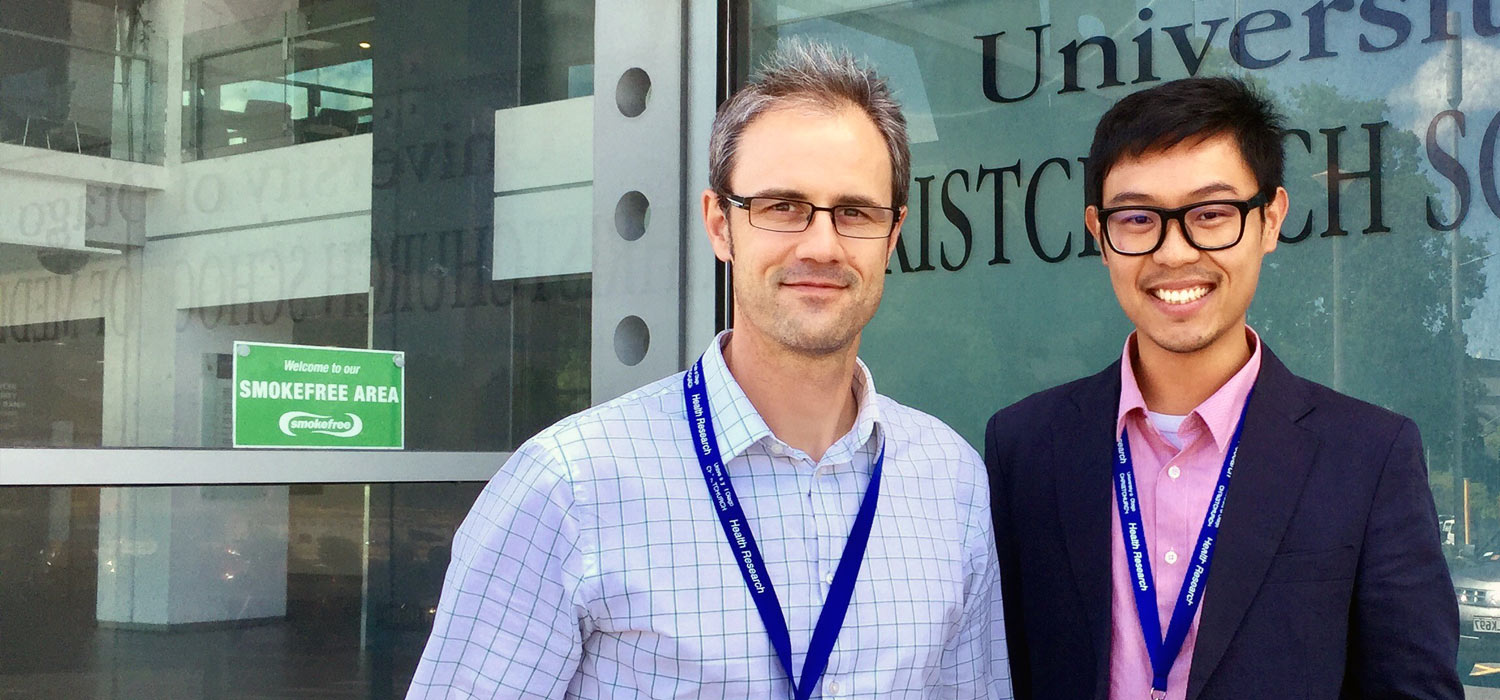
Bio-ink breakthrough
The Christchurch Regenerative Medicine and Tissue Engineering (CReaTE) group has developed a bio-ink that allows them to 3D-print large, engineered implants matching a patient's anatomy.
Bio-inks are gel-like substances that carry living human or stem cells and degrade over time in the body to help regenerate damaged or diseased tissues. The University of Otago, Christchurch-based group has developed a novel visible-light bio-ink that, unlike most other bio-inks, does not need exposure to ultra-violet light to “harden” into 3D-bioprinted bone or cartilage shapes.
CReaTE leader Associate Professor Tim Woodfield says “our bio-inks give significantly higher stem cell viability because visible-light technology is gentler and more cell-friendly than ultra-violet light”.
Research Fellow Dr Khoon Lim, who led the work, says the novel bio-ink enables the 3D-bioprinting of high-precision large, engineered implants that match patient anatomy.
“This is an impressive feat with important clinical impact as approaches using ultra-violet light are not able to achieve this scale, and few groups have been successful in bioprinting the large, thick constructs needed in surgery.”
The technology, invented by Lim and Woodfield, has been provisionally patented.
Woodfield says New Zealand researchers are at the fore of the rapidly growing field of bioprinting. CReaTE's strengths include its collaborations with clinicians; multidisciplinary nature; and collaborations with New Zealand companies such as Ossis and Enztec who pioneered the 3D-printing of patient-specific titanium implants.
CReaTE is also part of the MedTech Centre of Research Excellence (MedTech CoRE), a research collaboration aimed at developing applications for economic growth and health-care outcomes.